Syria’s lost generation of children face a bleak future after a decade of war
Nearly 2.5 million children in Syria, plus a further 750,000 Syrian child refugees in neighbouring countries, do not go to school, reports Tom Ambrose
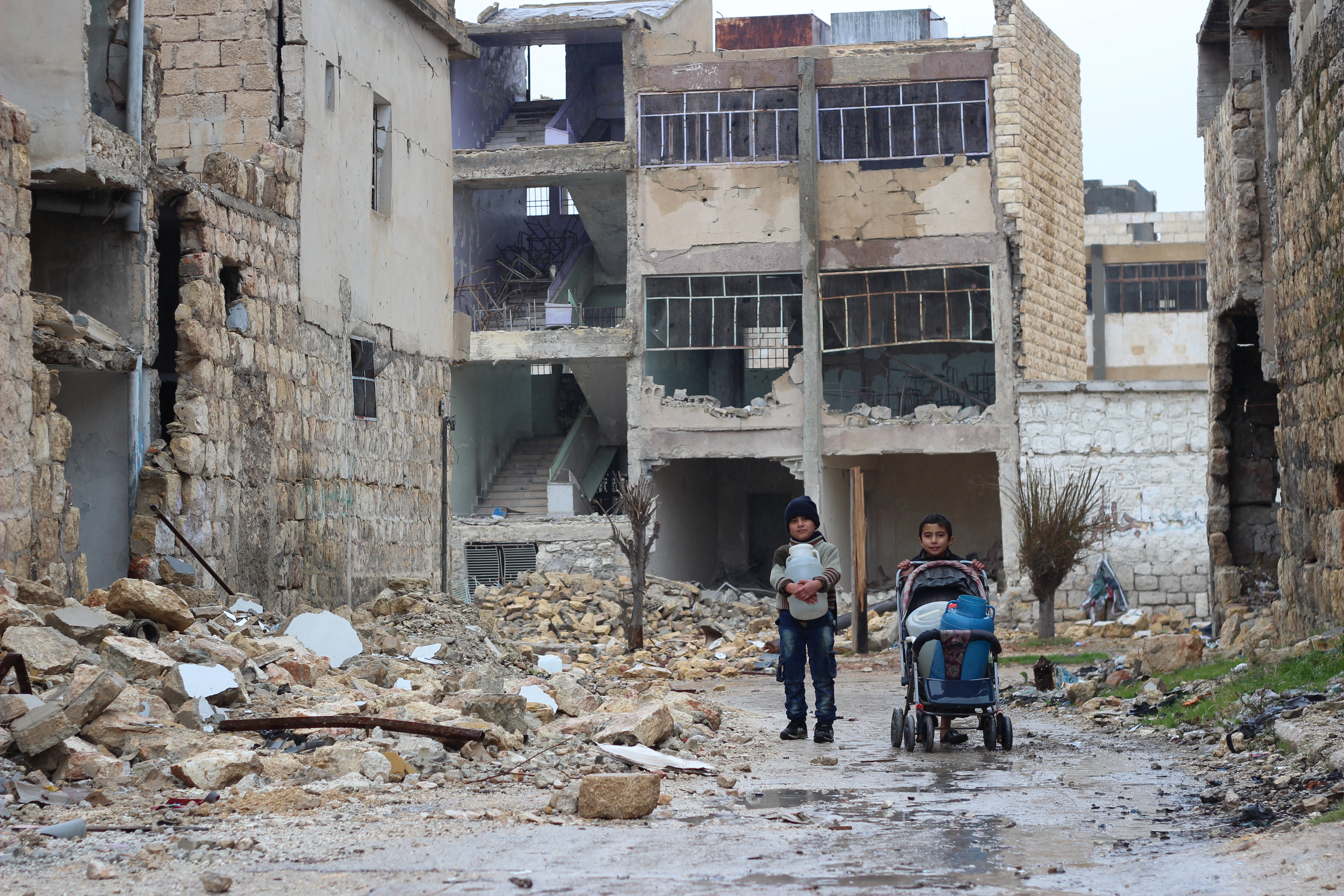
A decade of unrelenting destruction and violence has left a generation of Syrian children unable to contemplate a future in the war-torn country.
Ten years ago today, the first protesters marched on the ancient cities of Damascus and Aleppo, signalling the start of a complex civil war that, for many, feels like it will never end.
Among the rubble and the bloodshed lies a “lost generation” of children, some now young adults, many who have never even been to Syria. They continue to pay the heaviest price.
While the day-to-day fighting has receded to the northwestern city of Idlib, as well as some parts of the northeast, future prospects have never seemed so bleak for the turbulent nation’s youth.
It is a precarious, desperate situation, with 90 per cent of children in Syria requiring humanitarian aid – a steep increase of 20 per cent in the past year, according to the charity Unicef.
Read more:
The numbers speak for themselves.
More than half a million children under the age of five in Syria suffer from stunting as a result of chronic malnutrition.
Nearly 2.5 million children in Syria, plus a further 750,000 Syrian child refugees in neighbouring countries, do not get any kind of education.
The number of refugee children in neighbouring countries, such as Lebanon and Turkey, has increased more than ten-fold to 2.5 million since 2012, putting a huge strain on the make-shift camps.
An estimated 12,000 children have been killed or injured since the war began a decade ago, while around 5,700 have been recruited into fighting – some as young as seven.
‘They don’t know how to do anything’
Raja fled Aleppo in 2017 and, since then, has been living in a tent with her husband and five children in a refugee camp in Lebanon, a mere stone’s throw from the border with the country she once called home.
She concedes there is “no hope” for her generation – but her biggest fear is the next will be dragged down with them if they are to experience another 10 years like the last.
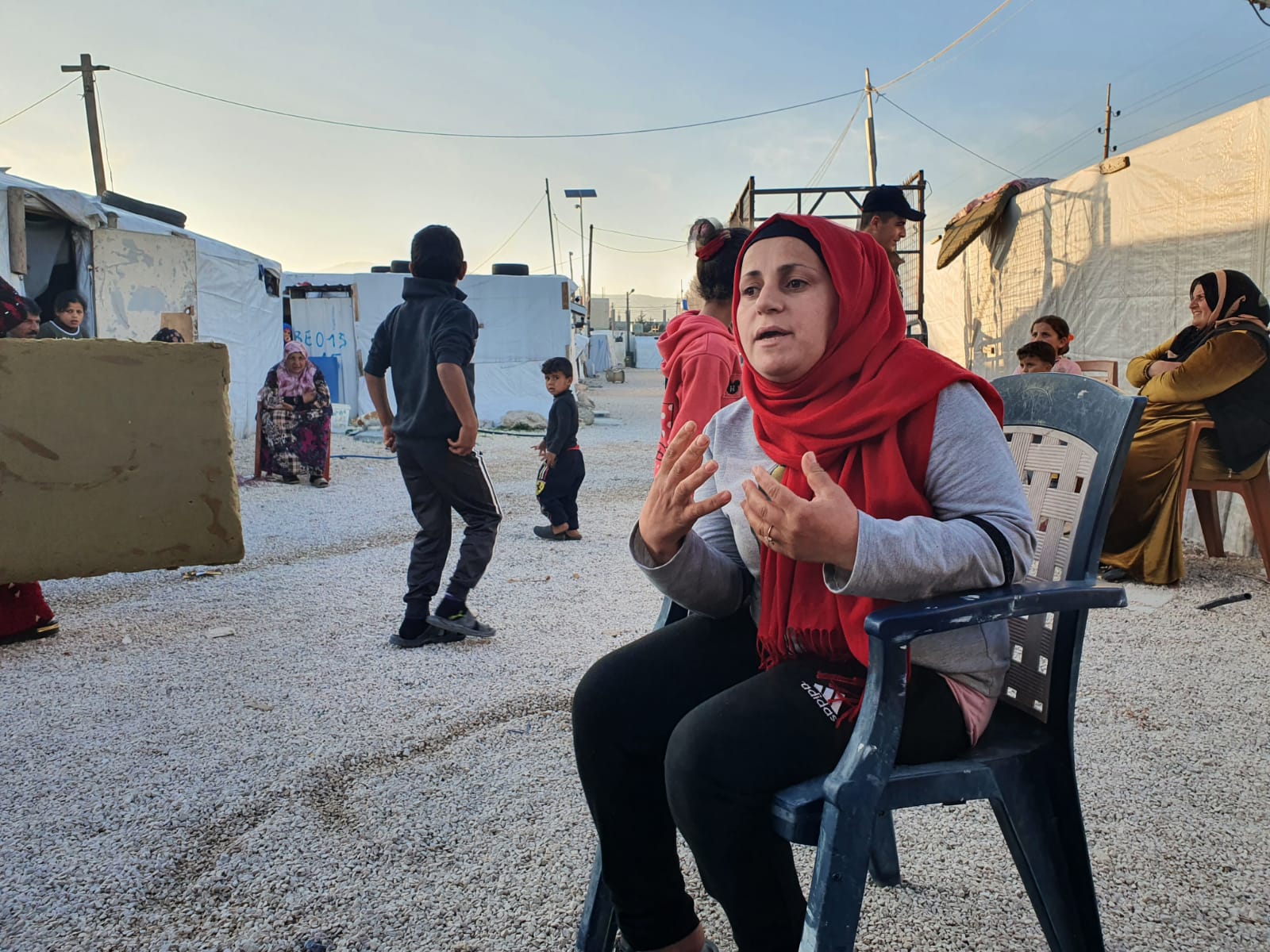
Speaking to The Independent from Talyany refugee camp, she says: “There is no place for our children at school. All of them don’t have any skills in life, they don’t know how to do anything.
“It’s not only about education, it’s about everything. They don’t know how to take care of themselves. They don’t know how to behave.”
Raja does not speak English and, through a translator, tells of how life in the camp has robbed her children of any sort of childhood.
“They wake up in the morning, they just walk around the camp and do nothing,” she says. “They don’t have any goal in life, they don’t have any hope, they just wake up, get out of the tent and walk around.
“We can’t wait for the girls to reach the age of 15 to make them get married because we don’t have the ability to handle them in the family. We don’t have enough economic support to keep them with us.”
It is also not unheard of for families to give their children up for adoption, in the hope they will find a better life elsewhere.
Raja ends our Zoom call, telling me: “I don’t know you but we only have one thing in common - humanity. So please deliver the message and raise our voice.”
Return must be safe
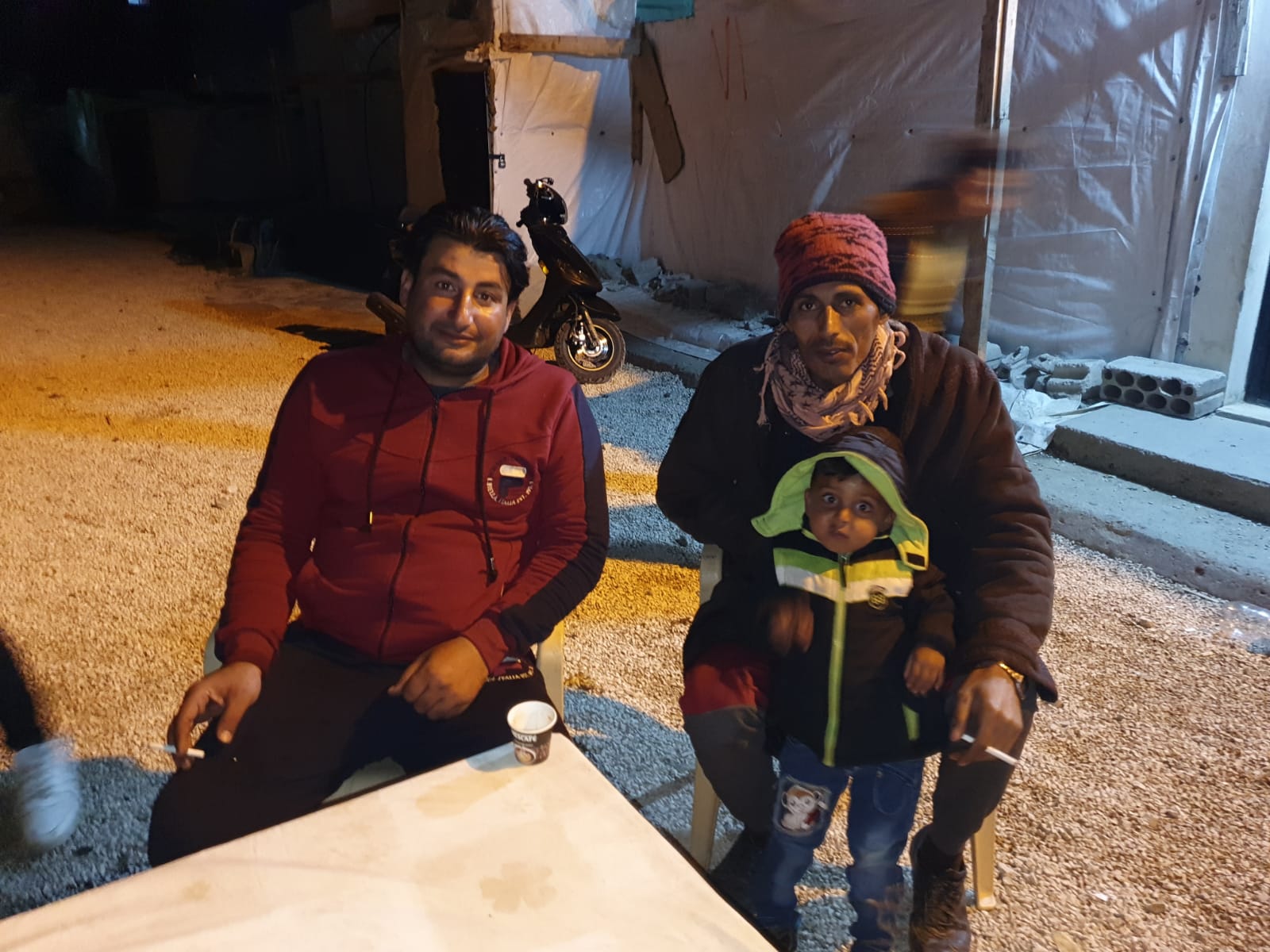
Another refugee, Abu Abid, is from Raqqa and has lived at the same camp with his wife and four children since 2014. He believes a lack of life skills is leaving the next generation behind.
“They are below zero out of 100 per cent,” he says. “They don’t know how to write their names, they don’t have a place in a school, they have very bad conditions here – they don’t have anything.”
Back in Syria, there remain 2.6 million displaced children, although some families are starting to return home as the fighting lessens and president Bashar al-Assad tightens his grip on the country, with the support of Russia.
Ted Chaiban, Unicef’s director in the Middle East, believes the return of people to their homes has to be “safe and dignified”.
He says: “It depends on the individual families and their decisions based on that criteria. What we are seeing is the hundreds of thousands of internally displaced going home and that’s frankly critical.”
But for the children living in neighbouring countries and beyond, it is hard to find many with any immediate enthusiasm to return to their homeland.
According to Save the Children, less than a third (29 per cent) of Syrian child refugees in Lebanon want to go back. In other, more stable, countries, the number is much less.
A recent report from the charity asked Syrian children how the felt about the prospect on going home. Nour was just nine when her family fled the violence.
Turning 18 this year, she says: “In Syria I was happy, I used to play football and other games. Then the violence started and they started to make us suffer. There was nothing that they did not use to hurt us with. I was terrified … I used to like hiding. Hiding is better than dying.”
Only 3 per cent of Syrian children in Turkey say they want to return, while in Jordan and the Netherlands, the figure is 9 per cent.
Bodies lying in the street
Basel Alkhder, 46, lives in Birmingham, England, and works as the global emergency lead at the charity Muslim Hands.
He was born, raised and studied in Damascus before moving to the UK in 2004, where he met his wife, but has not been able to return to see his family since 2008.
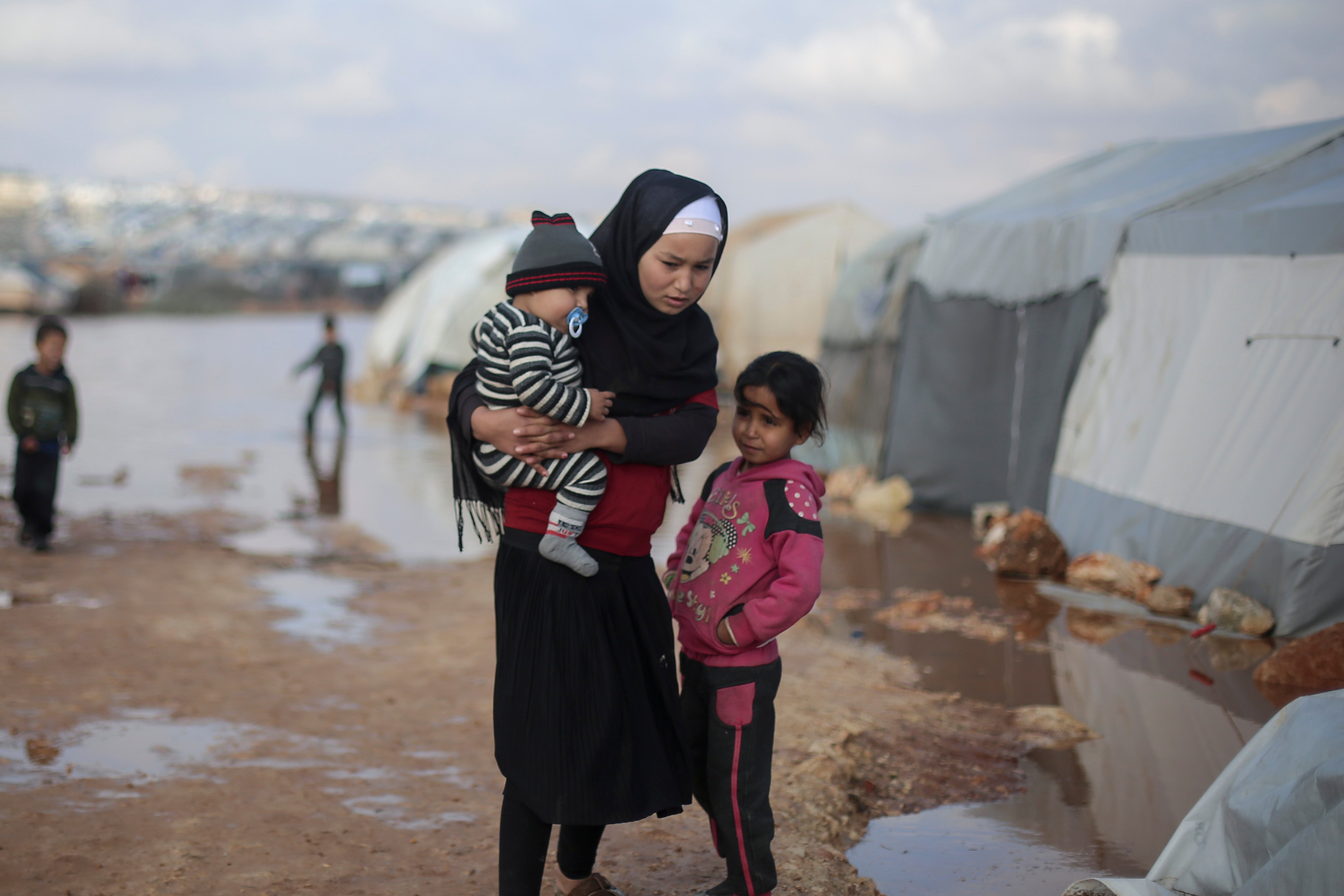
He tells The Independent: “I have two sisters who still live in Damascus and I have nieces and nephews who I have never met because they were born after I left.
“Life in Syria is hard for them, it is very sad. They had to drop out of school aged 12 or 13 and start working - one is a mechanic, another works in a restaurant and another is a delivery boy.
“I have no doubt it is a lost generation. It is so different from the Syria I knew growing up.”
The grim, and often traumatic, realities of war has hit his extended family hard and Basel hauntingly guesses that there is not one Syrian who “hasn’t seen a dead body lying in the street”.
“When my nephew was 12-years-old, he started having nightmares and wetting his bed,” Basel recounts. “He was crying, he didn’t want to go out, he was like a totally different child.
“When asked why, he said a bomb landed 200 metres away from him. It was so scary for him.”
‘Everything is always going to be the same’
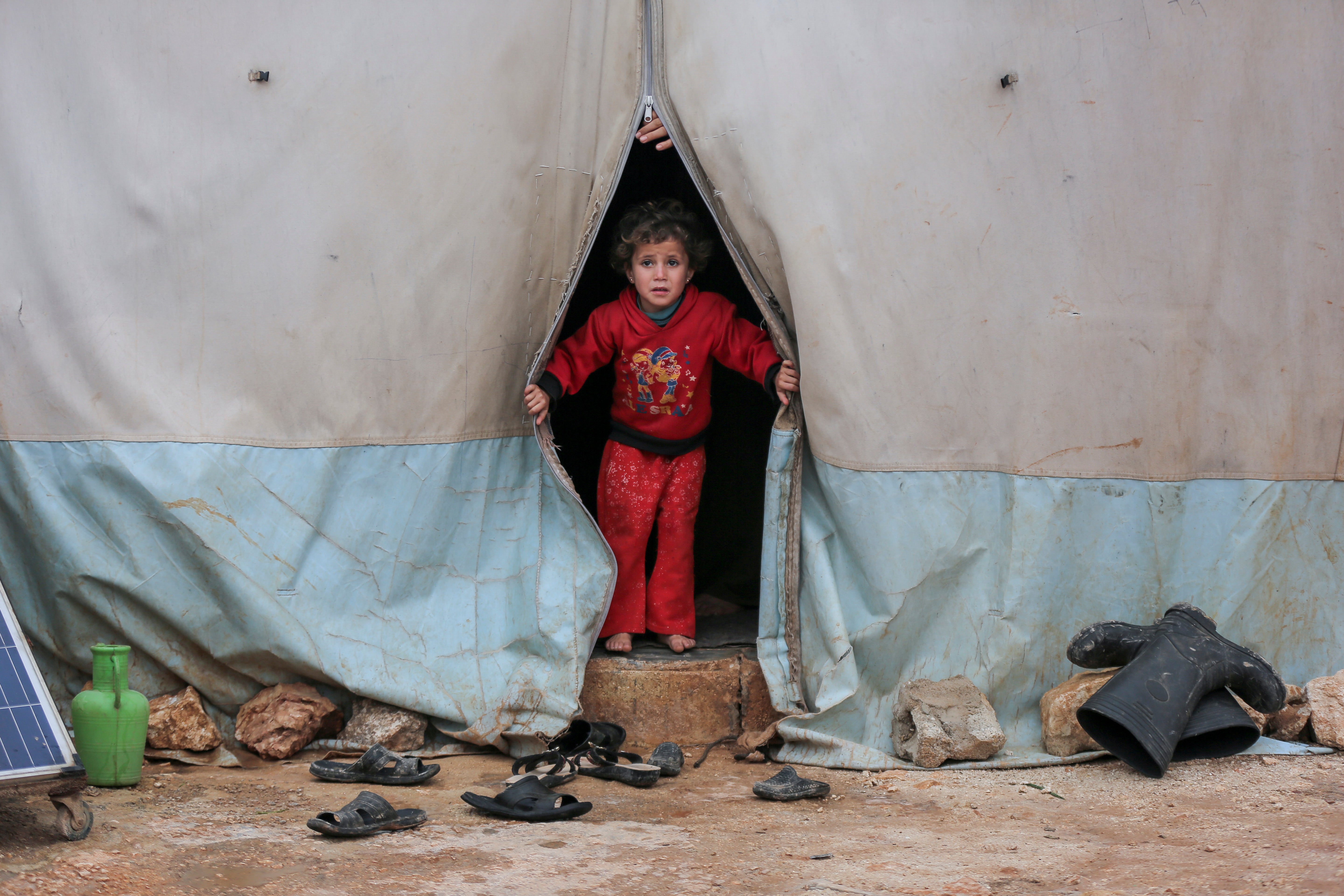
Charles Lawley, an expert on the region, believes while most people who have been displaced would like to return to their homes with their families when it is safe, many have given up hope.
He says: “Most people are giving up hope of it ever being safe and fear they are doomed to live another 10 years in a tent, with no legal status in a country with huge issues of its own and growing hostility to their presence there.
“For most, ‘safe’ doesn’t mean the end to the war, but actual reform, economic opportunities and safety.”
Throw into the mix hyperinflation – in the past year, the price of the average food basket increased by more than 230 per cent – as well as the Covid crisis and prospects start to look even more bleak for the so-called lost generation.
Father-of-four Abu Rawwad, from Raqqa, now a refugee in Lebanon, concludes: “Everything is always going to be the same in the Arab world. If Syria or another country is safe for one year, there will be another war.
“I don’t care about myself, I care about my children and I would prefer to raise them in Europe.”
Join our commenting forum
Join thought-provoking conversations, follow other Independent readers and see their replies
Comments